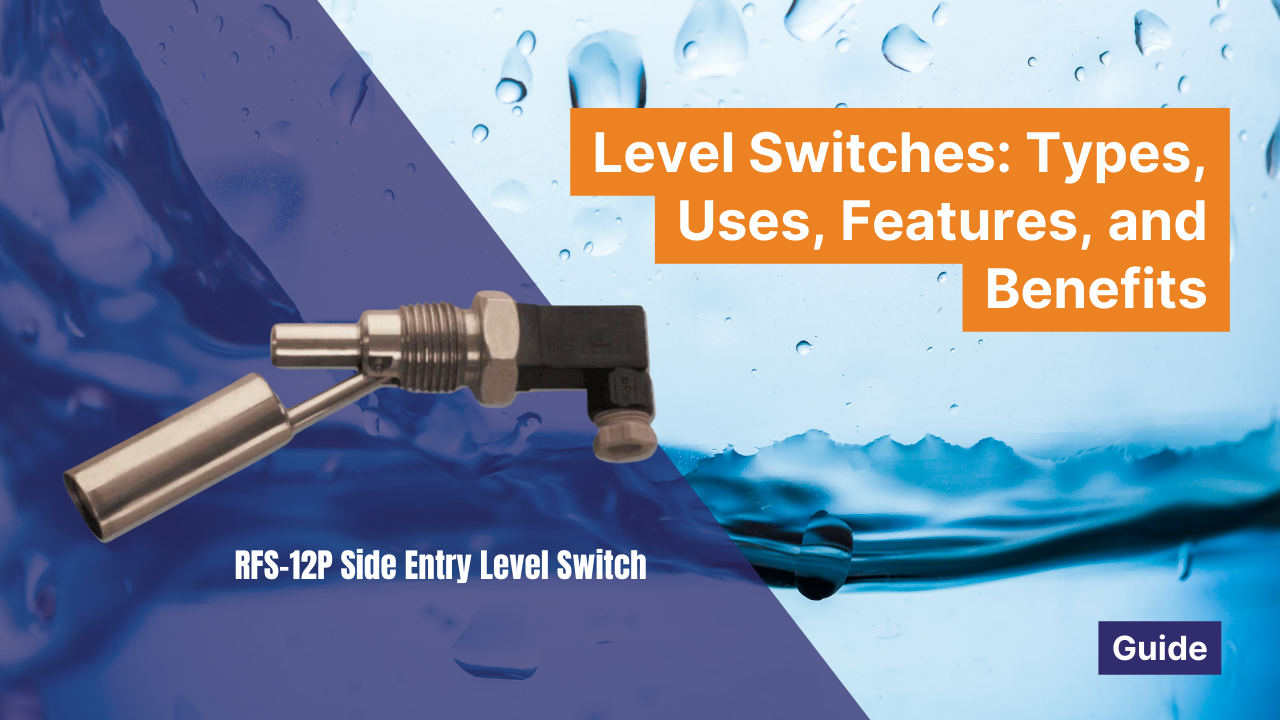
Level Switches: Types, Uses, Features, and Benefits
Level switches are indispensable tools in industrial settings. They provide crucial data on the levels of liquids, powders, or granular materials in containers. This guide delves into the intricacies of level switches, exploring their various types, uses, features, and benefits.
What is a Level Switch?
A level switch is invaluable, monitoring container material levels and activating alarms when predetermined thresholds are crossed. Whether it's signalling a tank is full or nearly empty, these switches play a pivotal role in maintaining operational efficiency. In the rugged environments of industrial settings, where temperatures, pressures, and vibrations can be extreme, level switches offer accuracy, reliability, and durability essential for seamless production processes.
Types of Level Switches
Level switches come in diverse types to suit a myriad of applications. From inductive and thermal switches to float, rotating paddle, and ultrasonic variants, there's a switch tailored for every measurement need and environmental condition. These switches can be categorised into point and continuous level switches, each offering unique advantages depending on the measurement requirements and environmental challenges.
Level Switch Applications
Level switches are indispensable tools in applications ranging from point level detection to continuous level measurement. They ensure materials are maintained within predefined parameters. Whether activating pumps, opening valves, or triggering alarms, these switches play a crucial role in operational control and protection.
Advantages of Level Switches
Level switches offer many advantages, from waste prevention and cost savings to automatic functionality and reliability. Their compact design, ease of installation, and sensitivity make them indispensable tools for inventory control and production operations.
How to Choose the Right Level Switch
Selecting the appropriate level switch involves considering material compatibility, electrical requirements, mounting options, and output signals. By understanding these criteria, businesses can ensure optimal operational performance and efficiency.
Conclusion
With their versatility, reliability, and myriad benefits, they are essential components in the production processes and resource management.
Contact Us
Don't hesitate to contact us if you have any questions about our range of Level Switches by emailing sales@pvl.co.uk or calling +44 (0) 1892 66 44 99


